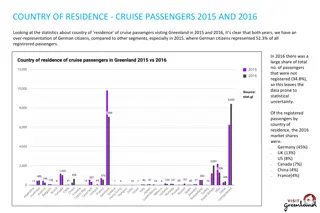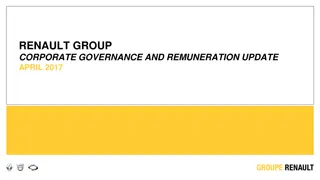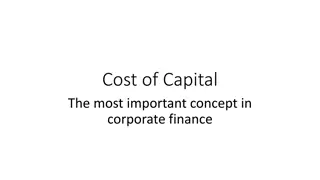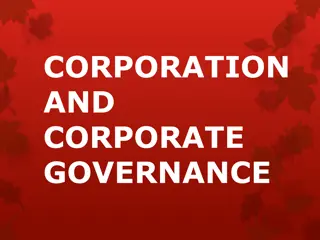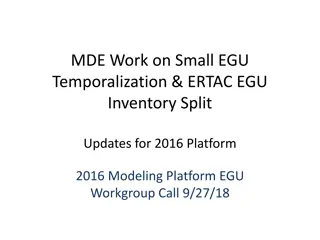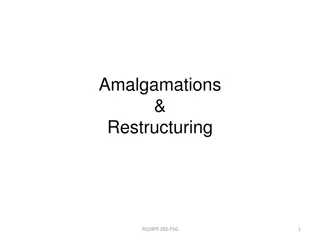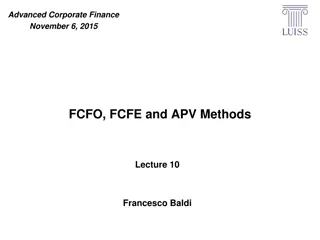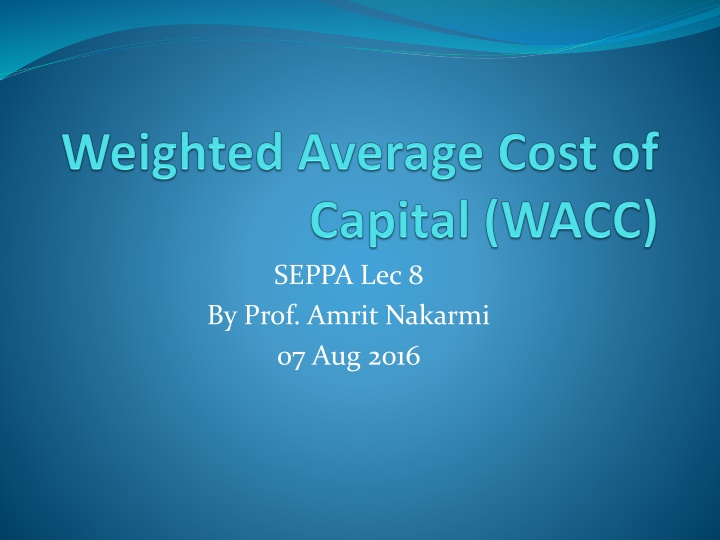
Capital Raising and Cost of Capital in Energy Investments
Explore the concepts of raising capital for energy companies, including preferred shares, common shares, debt, and the calculation of the weighted average cost of capital. Learn about discount rates, cost of debt, preferred shares, and equity in this informative content.
Download Presentation

Please find below an Image/Link to download the presentation.
The content on the website is provided AS IS for your information and personal use only. It may not be sold, licensed, or shared on other websites without obtaining consent from the author. If you encounter any issues during the download, it is possible that the publisher has removed the file from their server.
You are allowed to download the files provided on this website for personal or commercial use, subject to the condition that they are used lawfully. All files are the property of their respective owners.
The content on the website is provided AS IS for your information and personal use only. It may not be sold, licensed, or shared on other websites without obtaining consent from the author.
E N D
Presentation Transcript
SEPPA Lec 8 By Prof. Amrit Nakarmi 07 Aug 2016
Raising capital for energy Co. Investment Preferred share Common share Debt Owners of Co. have common shares Loan Bond
Discount rate It is the interest rate expected by the investor in an energy project It is also the opportunity cost of capital and it return on investment foregone by the investor elsewhere by committing capital in the energy project. Present value if projected in future will be compounded at this rate. Future values will be discounted at this rate top bring them to present value.
Raising Capital for Energy Co. Debt can be raised from Bank Loan & bond (debenture) Fixed interest payment or coupons. The rate is called interest rate or coupon rate. Coupons are paid twice a year.
Cost of Debt A firm with a 40% tax rate issues $1,000 bonds at a face value with coupon rate of 16%. Ignoring underwriting and issuing expenses, Market yield (market rate of return) = rd =160/1000 = 16% Cost of debt (to the company)=Rd=160*(1-0.4)/1000 =9.6% 4/4/2025 5
Cost of Preferred Share A corporation issues new $100 preferred shares that provide $12 in annual dividends. The firm has identical preferred shares outstanding that also trade at $100/share. The firm s tax rate is 40%. 4/4/2025 6
Cost of Preferred Share Net Proceeds of preferred share (to the Co.) =NPp=100 Dp=12/100 =12% 4/4/2025 7
Cost of Equity A corporation issues new $100 common shares that provide $16 in annual dividends. The firm has identical common shares outstanding that also trade at $100/share. The firm s tax rate is 40%. 4/4/2025 8
Cost of Equity Net Proceeds of common share (to the Co.) =NPe=100 re=16/100 =16% 4/4/2025 9
Weighted Average Cost of Capital (WACC) If I is the total investment, then I =B+P+E, where B is borrowing (loans and bonds), P is preferred shares, and E is equity. Then, WACC =Rb(1-Tax)*B/I +kp*P/I + ke*E/I 4/4/2025 10
Example on WACC A firm plans on financing major new expansion programs by drawing on funds in the following proportions that roughly corresponds to its current capital structure: Long term debt Preferred shares New common shares Issuing and underwriting expenses can be ignored. Debt can be issued at a coupon rate of 12%, and the dividend yield on preferred shares would be 9%. Common Shares currently trade at $45 per share. The current dividend yield on preferred shares would be $2.25 per share. The cost of equity is presumed to be 20%. The corporate tax is 40%. What is the firm s weighted average cost of capital (WACC) ? $30 mil $10 mil $40 mil 4/4/2025 11
Assignment Reading Chapter 4 (Hisham Khatib, 2014). Economic evaluation of projects in the electricity supply industry. The Institute of Engineering and Technology, UK.


